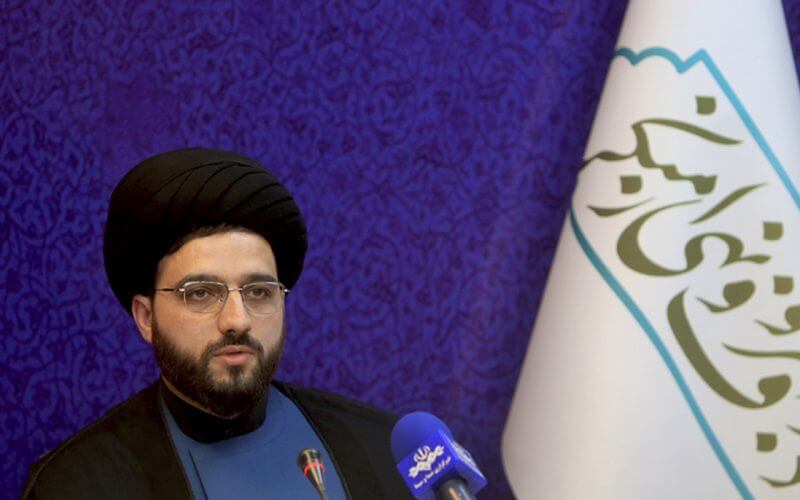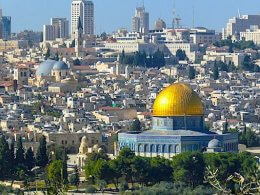The protests in Iran continue daily in many locations but the regime perceives a simple act of civil disobedience as alarmingly damaging to its foundations.
The current wave of protests threatening the Islamic Republic started in mid-September after 22-year-old Mahsa Amini was killed in custody of the country’s hijab police. In the months that led to the tragic incident hardliner President Ebrahim Raisi had been intensifying measures over the observance of mandatory hijab in public, which many urban women were barely following.
However, the measures apparently backfired and led to many campaigns of removing hijab in public in protest to the mandatory Islamic dress code. Moreover, after the death of Mahsa Amini, appearing in public without hijab has become a very popular way of protest, especially in bigger cities. Now the regime seems frustrated over its inability to impose hijab because every measure makes people angrier. But the clerical rulers and their religious followers cannot tolerate the growing phenomenon.
Following the recent propaganda stunt by the government claiming that the ‘morality police’ was disbanded, media are full of interpretations of how the regime plans to both enforce the dress code regulations and at the same time appease protesters. Iran's police declined to confirm Prosecutor General Mohammad-Jafar Montazeri’s claim on December 3 that the notorious "morality police" was deactivated.
Hardliners say hijab enforcement will never be abolished, insisting that “veils will be back on women’s heads soon,” while acknowledging that a growing number of women are appearing in public without hijab. A lawmaker said in December that the regime is making some decisions about hijab rules, explaining that the methods for enforcing hijab may change. He added “it is possible that women who do not observe hijab would be informed via SMS, asking them to respect the law. After notifying them, we enter the warning stage… and last, the bank account of the person who unveiled may be blocked."










